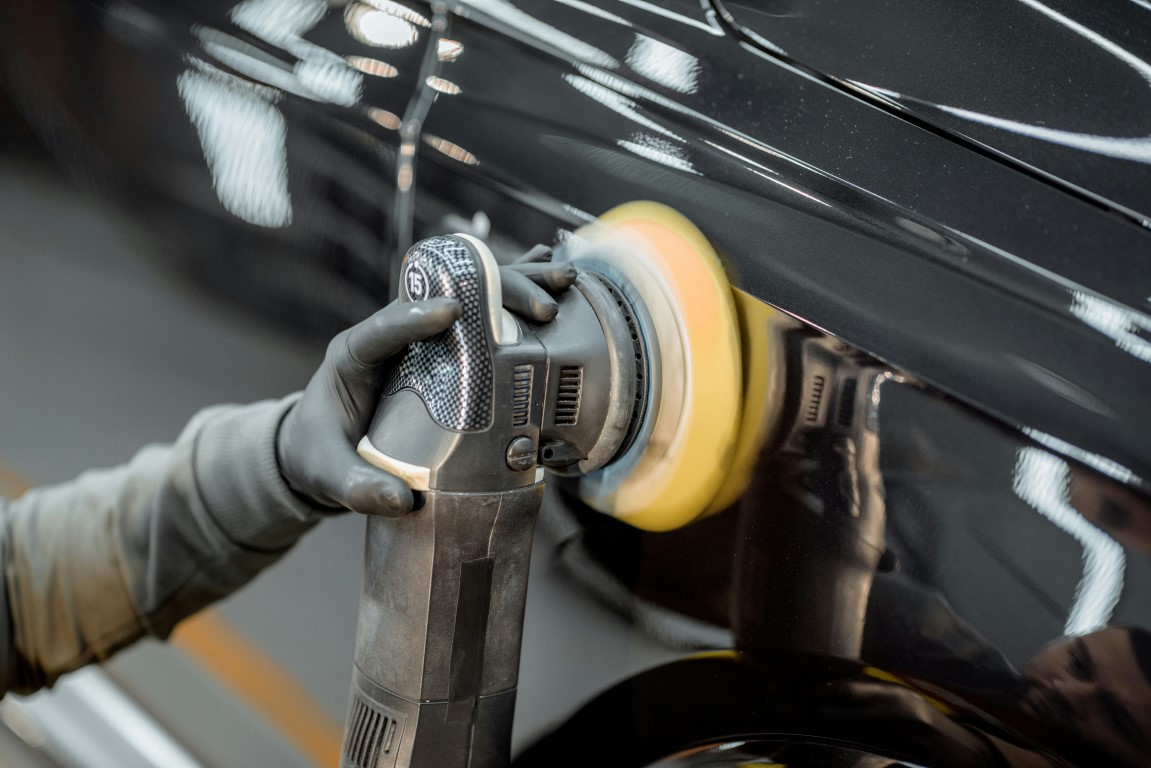
Achieving a car that shines like new is an aspiration many car owners share. Maintaining your car’s appearance involves effective cleaning techniques and the use of appropriate products, ensuring it gleams as if it just rolled off the lot. This guide explores strategies to revitalize your vehicle’s appearance, enhancing its value and aesthetic appeal.
Incorporating regular maintenance into your routine prevents the build-up of dirt and grime that dulls a car’s finish. Simple steps, such as washing, waxing, and protecting the exterior, can significantly extend the life of the paintwork. By following certain procedures, anyone can learn to keep their vehicle in pristine condition.
Implementing these techniques not only enhances the car’s look but also contributes to its longevity. Attention to detail—with a focus on cleaning, polishing, and protection—results in a stunning appearance that helps retain resale value. These straightforward recommendations empower car enthusiasts to transform their vehicles effortlessly.
Essentials of Car Washing
In car washing, selecting quality products and following the proper technique are vital for achieving a brilliant finish. Paying attention to these elements helps protect the vehicle’s surface and enhance its appearance.
Choosing the Right Car Wash Products
Selecting suitable cleaning products is crucial for maintaining a car’s paintwork. High-quality car wash shampoos designed to lift dirt and grime without stripping wax or damaging the finish are recommended. Avoid household detergents as they can harm the paint.
A premium wash mitt offers gentle scrubbing without scratching. Microfiber towels are excellent for drying since they absorb water efficiently and leave a streak-free finish. Selecting a wax or quick detailer helps in adding extra shine and protection. These products ensure a thorough, yet gentle clean.
Implementing the Two-Bucket Wash Method
The two-bucket wash method is highly effective in reducing swirl marks. One bucket holds soapy water while another is filled with clean water for rinsing the wash mitt. This process minimizes the chance of reapplying dirt to the car’s surface.
Washing starts from the top and works downward, as grime tends to accumulate at the bottom of the vehicle. Regularly rinsing the mitt avoids dragging dirt across the paint, which could cause scratches. Employing a grit guard at the bottom of both buckets helps trap dirt and debris, maintaining cleaner water and ensuring a more effective wash.
The Art of Claying
Claying is a crucial step in vehicle detailing that removes embedded contaminants from a car’s surface. It enhances paint protection and restores smoothness.
Understanding Clay Bars
Clay bars are essential tools in car detailing, specifically designed to remove bonded contaminants from the vehicle’s paint, glass, and metal surfaces. They are made of a soft, malleable resin compound. Clay bars pull out impurities like tree sap, brake dust, and industrial fallout that regular washing leaves behind.
Choosing the right clay bar is important as they come in different grades—fine, medium, and heavy—designed for various contamination levels. Using the correct grade prevents unnecessary abrasion to the car surface. Proper storage in a sealed bag helps maintain its effectiveness, ensuring it remains free of debris.
Proper Clay Bar Technique
Applying the clay bar effectively requires attention to detail. Start by thoroughly washing and drying the car. Work in small sections to keep the lubricated area manageable. Use a dedicated clay lubricant or a diluted detailing spray to ensure smooth motion.
Gently glide the clay bar over the lubricated section using light pressure until the surface is smooth and resistance-free. Regularly knead the clay to expose a fresh area, avoiding any surface scratches. After claying, use a clean microfiber cloth to wipe the area dry, making sure all residues are removed. This process ensures the car’s paint is ready for waxing or sealing.